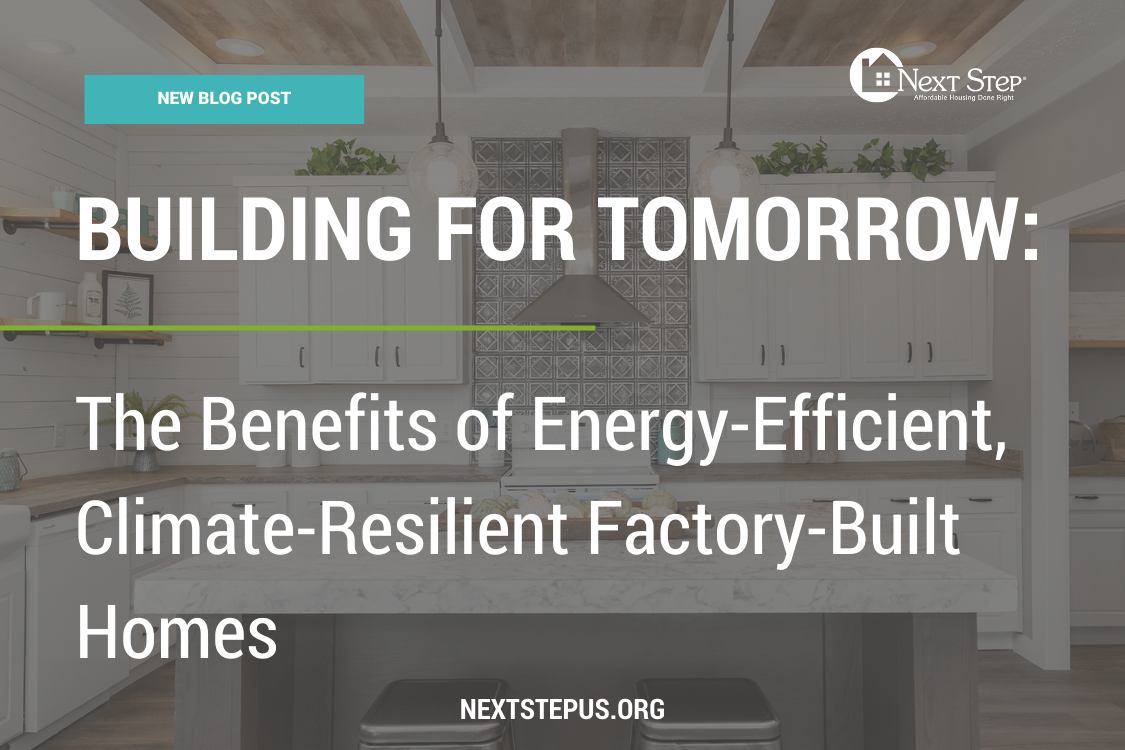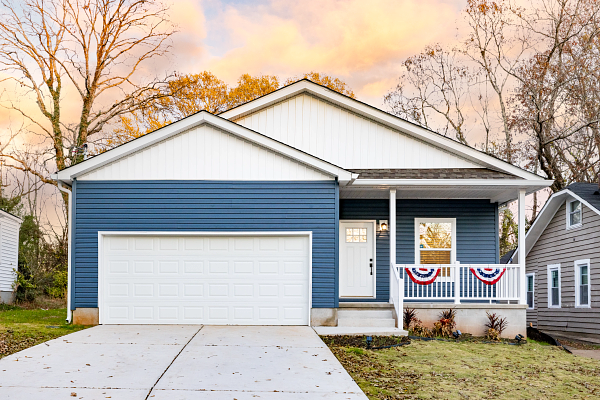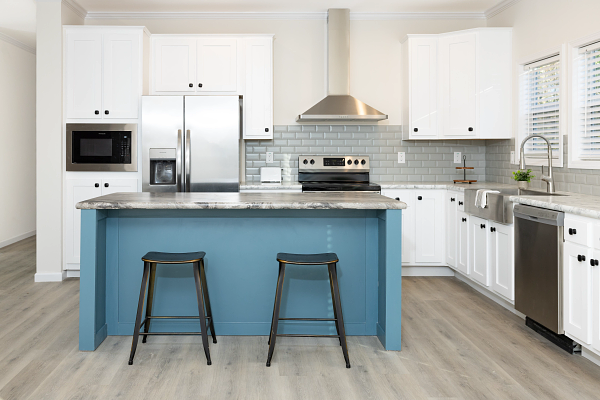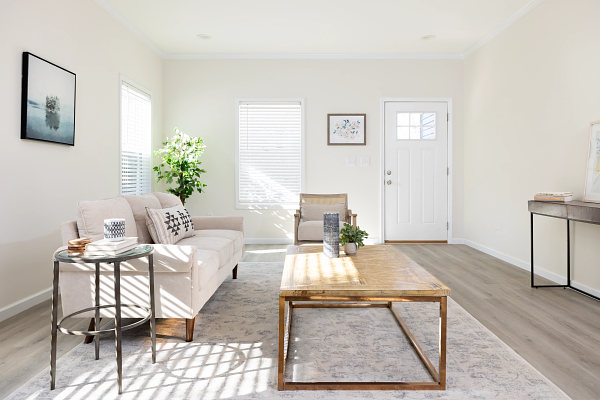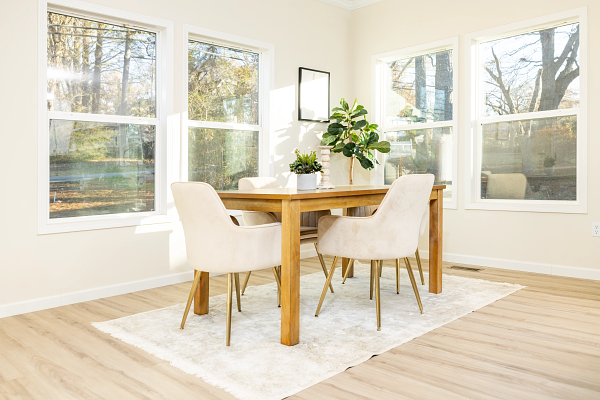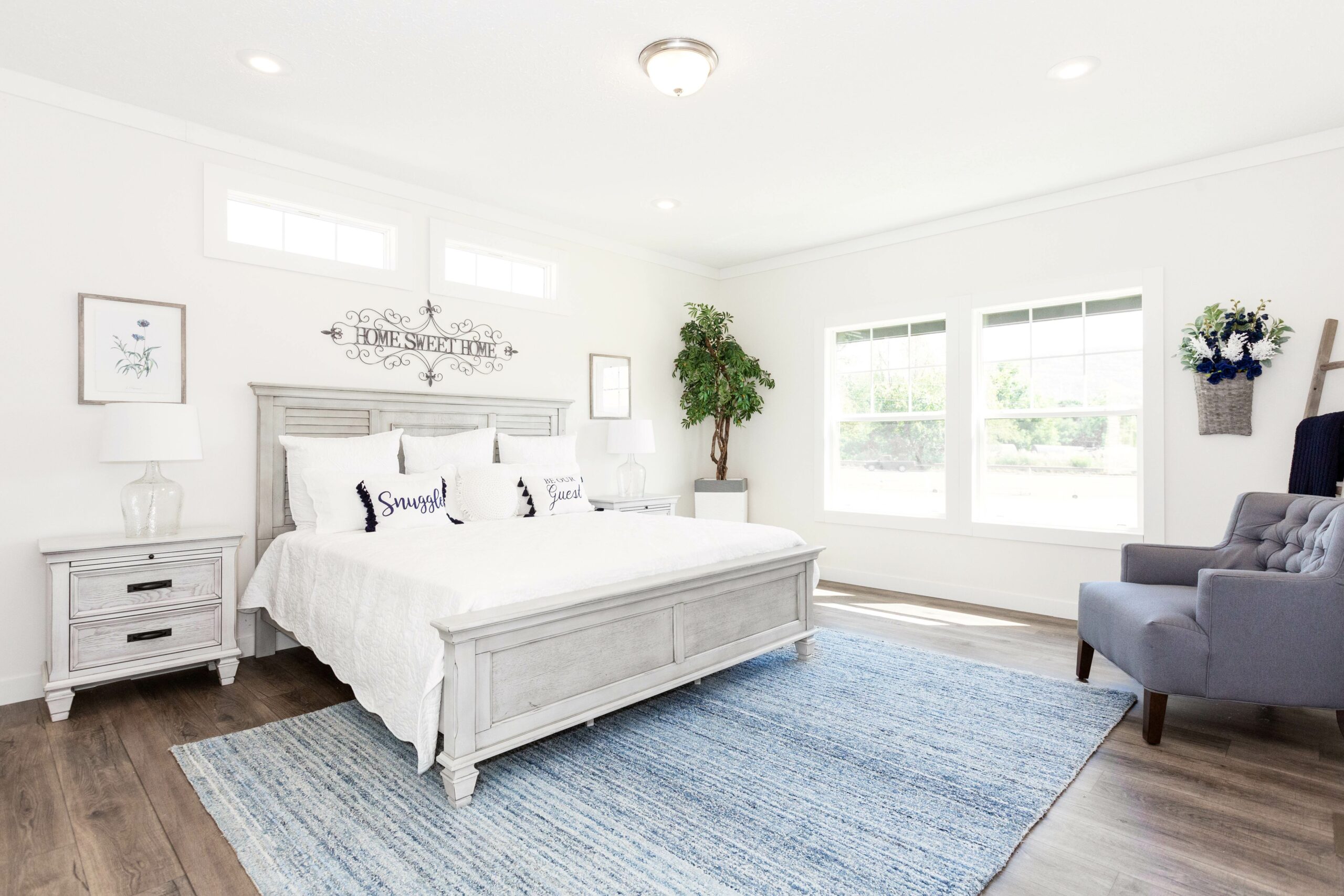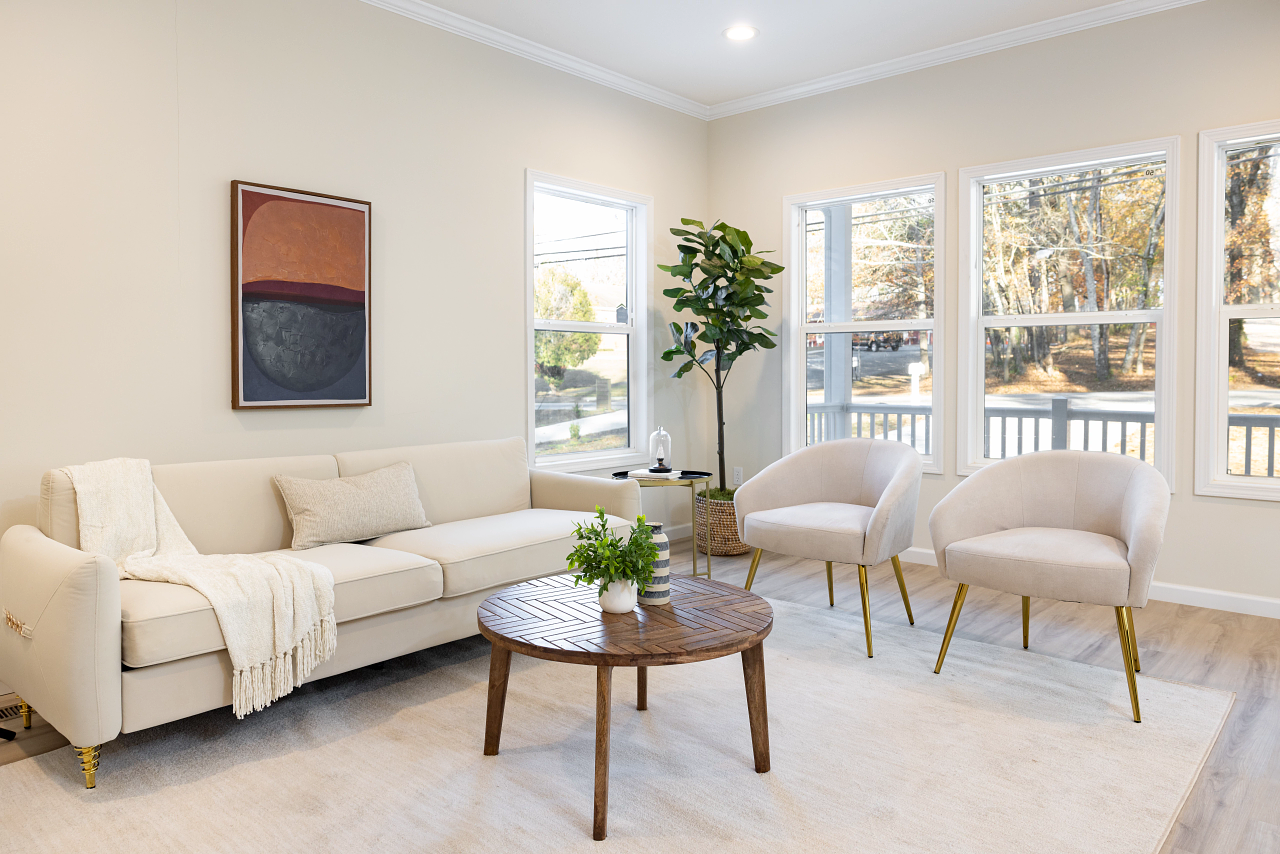The U.S. is facing an escalating housing affordability crisis, and the growing threat of climate disasters is worsening the situation. From hurricanes along the Gulf Coast to wildfires in the West, families across the country are increasingly at risk of losing their homes. At the same time, the cost of energy is rising, hitting low-income households the hardest.
There’s no single solution to these compounding challenges, but energy-efficient, climate-resilient factory-built housing offers a promising path forward. The homes are built for durability, affordability and sustainability — meeting the needs of families today while preparing them for the future.
What Is Energy-Efficient, Climate-Resilient Housing?
In a world of rapidly shifting weather patterns, rising utility bills, and aging infrastructure, the homes we live in need to do more. They need to not just provide shelter, but protect our families, lower our monthly costs, and reduce harm to the environment. That’s the promise of energy-efficient, climate-resilient housing.
These homes are designed to use less energy and withstand increasingly frequent and intense climate events. They combine smart design with modern materials and systems that promote comfort, durability, and sustainability. For factory-built homes, these features are integrated into the design from the very beginning, and not just added as an afterthought.
Key Features Include:
- High-efficiency insulation and windows to retain indoor temperature and reduce heating/cooling needs.
- ENERGY STAR® appliances and LED lighting to lower energy use.
- Tight building envelopes to minimize air leaks and energy loss.
- Structural reinforcements and moisture-resistant materials for greater durability in extreme weather.
“Energy-efficient, climate-resilient factory-built homes represent the future of affordable homeownership. For low- to moderate-income families, these homes offer more than just shelter — they provide lasting stability, lower utility costs, and peace of mind in the face of a changing climate.”
Stacey Epperson
Founding President & CEO | Next Step
Why Factory-Built Housing?
When people hear “factory-built,” they may imagine outdated mobile homes, but today’s factory-built homes are a completely different product. The homes are constructed in modern, climate-controlled facilities using precision tools and quality-controlled processes. This approach reduces waste, lowers costs and ensures a consistent build that can outperform many site-built homes.
Benefits of Factory-Built Construction Include:
- Faster Build Times: Often 30–50% quicker than traditional homes.
- Lower Material Waste: Through optimized production and reuse of off-cuts.
- Cost Savings: Passed on to buyers through economies of scale.
- Greater Quality Control: Thanks to standardized processes and inspections.
Energy Efficiency Benefits
For families across the U.S., energy efficiency is about more than green living — it’s about saving money. Utility bills can eat up a significant portion of monthly income, especially in areas with harsh winters or hot summers. By design, energy-efficient factory-built homes lower these monthly costs, providing relief for families and stability over time.
Top Energy Efficiency Benefits Include:
- Lower monthly utility bills due to increased insulation, ENERGY STAR® appliances & more.
- Healthier indoor air quality through advanced ventilation systems.
- Eligibility for rebates and tax credits tied to ENERGY STAR® or DOE Zero Energy Ready Home certifications.
“I knew that ENERGY STAR® houses were supposed to be really good, energy-efficient houses, but I didn’t realize how energy efficient. We’re coming from having to pay $300-$400 a month for the electricity bill and we come here, and we’ve not spent over $70.”
Robert Woody
Next Step Homeowner
Climate Resilience Benefits
As hurricanes, wildfires, floods and extreme heat events become more common, a home’s durability is no longer optional—it’s essential. Factory-built homes can be designed to meet the demands of today’s climate while protecting families from future loss and displacement.
Key Climate-Resilient Features Include:
- Wind-rated construction that meets or exceeds HUD Zone III or local code requirements.
- Elevated foundations and flood-resistant materials to mitigate water damage.
- Fire-resistant cladding and roofing in wildfire-prone regions.
- Reduced need for post-disaster repairs and lower insurance premiums.
Building Stronger, More Equitable Communities
Climate-smart, affordable housing isn’t just about the individual home. It’s about reshaping communities to be more just, inclusive and resilient. Factory-built homes can fill a critical gap in the housing market by offering high-quality, sustainable homes to households that have traditionally been priced out of the market.
Community Benefits Include:
- Increased access to homeownership for low- and moderate-income families.
- Reduced energy burden on households that spend a disproportionate share of income on utilities.
- Opportunities for wealth-building through equity in durable, code-compliant homes.
- Support for climate justice goals by providing sustainable housing options to underserved communities.
The Path Forward
The challenges we face are interconnected, and so must our solutions. By rethinking how we build and who we build for, we can create a future where safe, sustainable, affordable homes are accessible to all. Energy-efficient, climate-resilient factory-built housing is not a silver bullet, but it’s a bold and necessary step in the right direction.
Together, let’s:
- Expand access to affordable, sustainable homeownership.
- Improve community resilience in the face of climate change.
- Lower energy use and costs for families who need it most.
- Build equity — both financial and social — through better housing.
Want to learn more? Visit our Resource Library or contact us to explore how factory-built housing can support your community’s climate and housing goals.
